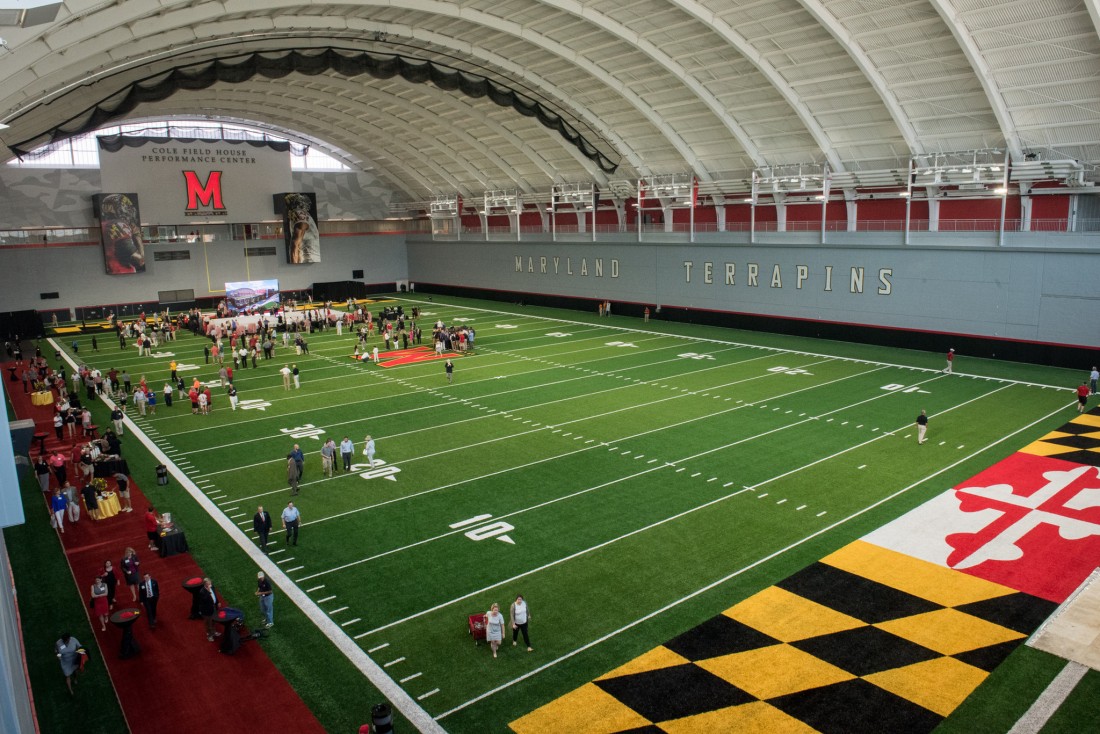While college athletics represent an enormous role in an American college experience, the same cannot be said about a European college experience. Students in the United States put a premium on being able to attend tailgates and games in stadiums with some 100,000 fans, while universities in Europe focus mainly on education.
In Europe, college sports are open to all and do not match the elite level of play that is required of student athletes in America. Scholarships are not offered based on sporting abilities and universities don’t spend millions of dollars funding their athletic departments, instead choosing to focus on grooming students for the professional side of their lives.
Additionally, you won’t find an international equivalent to the NCAA. This may be due to the fact that Europe has developed a different way of grooming and recruiting athletes. Take soccer for example, prestigious European clubs such as FC Barcelona, Bayern Munich and Real Madrid don’t recruit their players from university athletics like the American NFL or the NBA, but rather these organizations develop talent at their own private academies where players begin their intensive training at a young age. College athletics isn’t a pathway to the professional level in Europe, perhaps that explains why many European athletes make their way to the United States after their high school years in an effort to continue developing their skills in their chosen sport.

The NCAA notes that there are about 17,000 student athletes from other countries within its organization. Tennis draws the largest amount of foreign student athletes with about 30% of women on college tennis teams coming from other countries. Ice hockey is a close second, garnering about 21% of male ice hockey players from other countries. Furthermore, these foreign student athletes are very likely to receive generous scholarships for their time contributing their skills to American universities. It is said that foreign student athletes are often at an advantage over American student athletes because they are more familiar with a sport that isn’t as popular in the US. The fewer options of sports allows for European athletes to focus more on one sport whereas American athletes may be distracted by the number of choices of sport available in the US.

They do, however, get a chance they would not have gotten in their home countries; the ability to play their beloved sport and continue their academic development at the same time. Nonetheless, it’s imperative to recognize that foreign student athletes uproot their entire lives in hopes of continuing to perfect their skills in their chosen sport at American universities. Most of them leave family behind, face language barriers, have to make new friends and are forced to adapt to a new culture and way of life. All of this on top of essentially working two jobs simultaneously; playing a Division I sport and being a student, without getting compensated fairly for the effort.
It’s clear that foreign athletes give up a lot to come to American universities and deserve to be compensated for not only the effort they are putting into playing their sport, but the sacrifice they have made by leaving everything behind and joining an American university.





![UMD athletes 2]](https://payathletes.files.wordpress.com/2018/03/umd-athletes-2.jpg?w=662&h=372)
